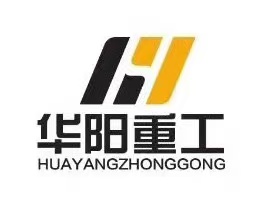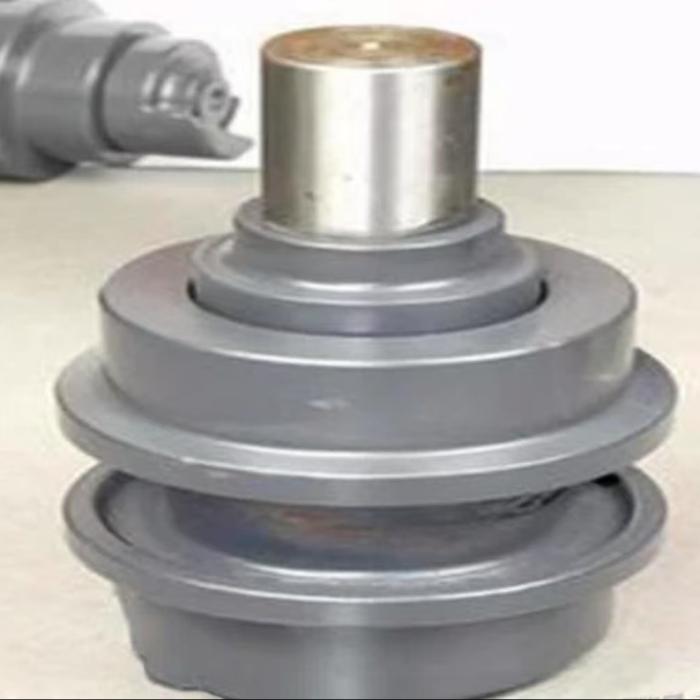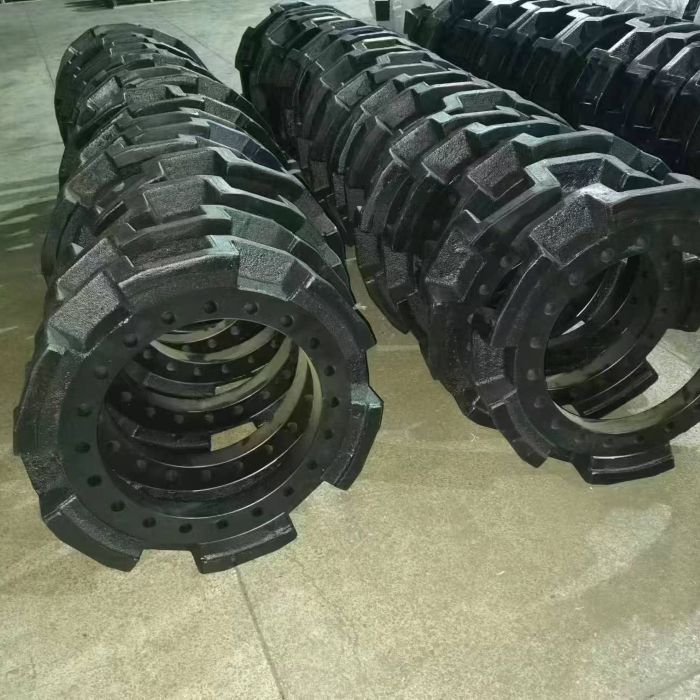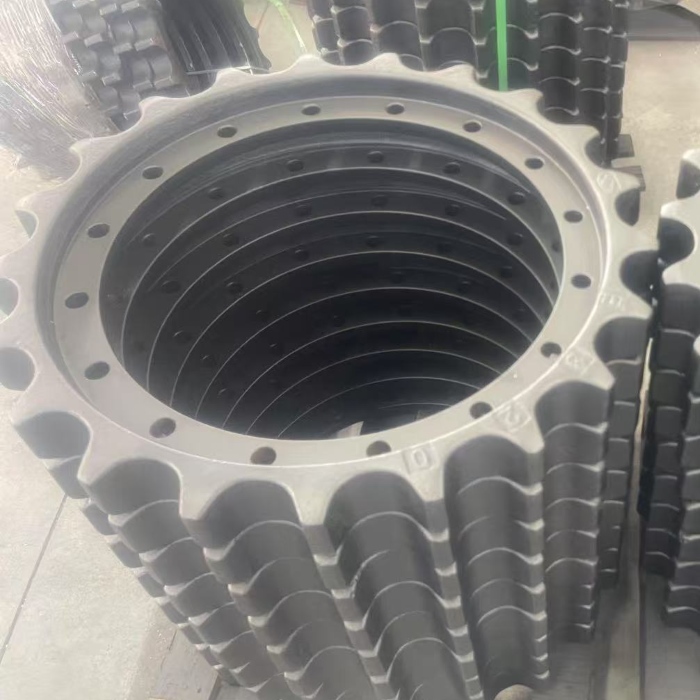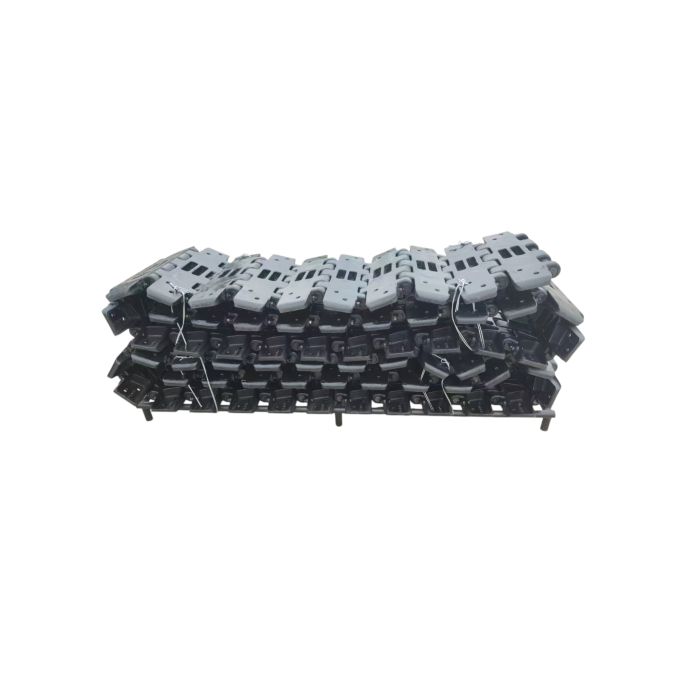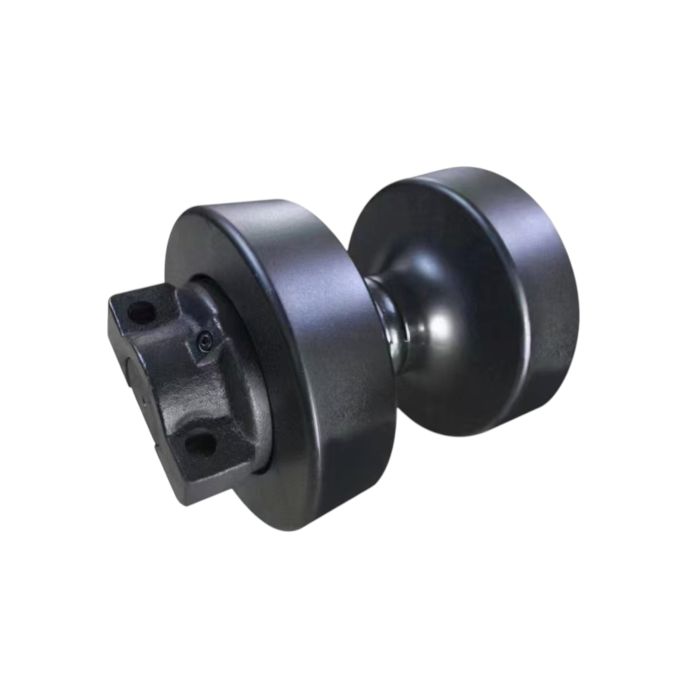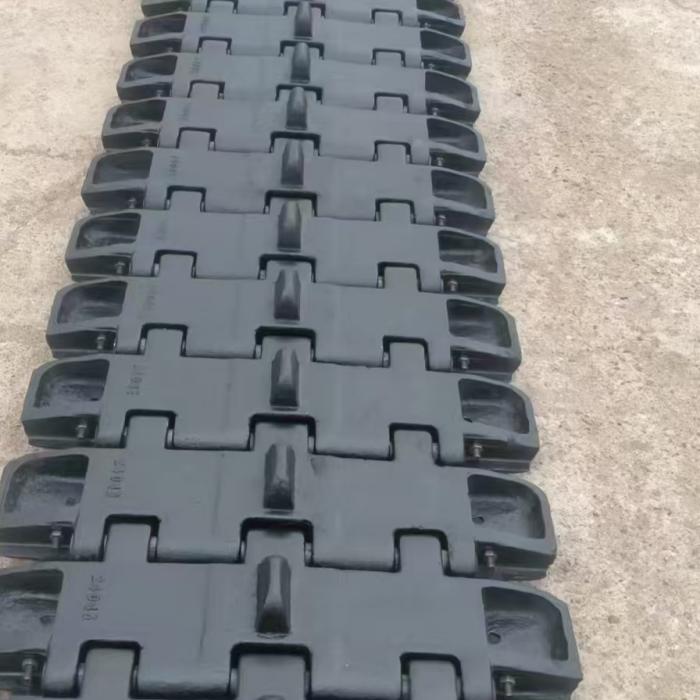Excavators are typically divided into two parts: the upper body primarily handles slewing and working functions, while the lower body performs travel functions, supporting the excavator's relocation and short-distance maneuvers. As an excavator owner, have you ever encountered common excavator problems such as oil leaks from track rollers, weak travel due to a broken carrier sprocket, or inconsistent track tension? This article explains the functions and maintenance of the "four wheels and one belt" system, hoping to be helpful to all excavator owners.
The "four wheels and one belt" system often refers to the track rollers, carrier sprockets, guide wheels, and drive wheels, while the "one belt" system refers to the track. These wheels are directly related to the excavator's operating and travel performance, making daily maintenance crucial. Operators often overlook cleaning and maintaining the lower body. The following are essential tips for maintaining the "four wheels and one belt" system of an excavator.
Track Rollers:
Rollers support the lower frame and distribute the weight of the machine across the track. Because the track rollers are installed at uneven spacing, they also align with the track sprocket spacing. Damaged track rollers can cause a variety of problems, including non-rotating rollers, increased travel resistance, and decreased equipment power. The non-rotating rollers can also cause severe wear between the chain and the track rollers.
When working, avoid immersing track rollers in muddy or watery conditions for extended periods. After each day's work, lift one side of the track and drive the travel motor to remove dirt, gravel, and other debris.
During winter construction, it is crucial to keep the track rollers dry, as there are floating seals between the outer rollers and the shaft. Water can freeze overnight, and when the excavator is moved the next day, the seals can come into contact with the ice, causing scratches and oil leaks.
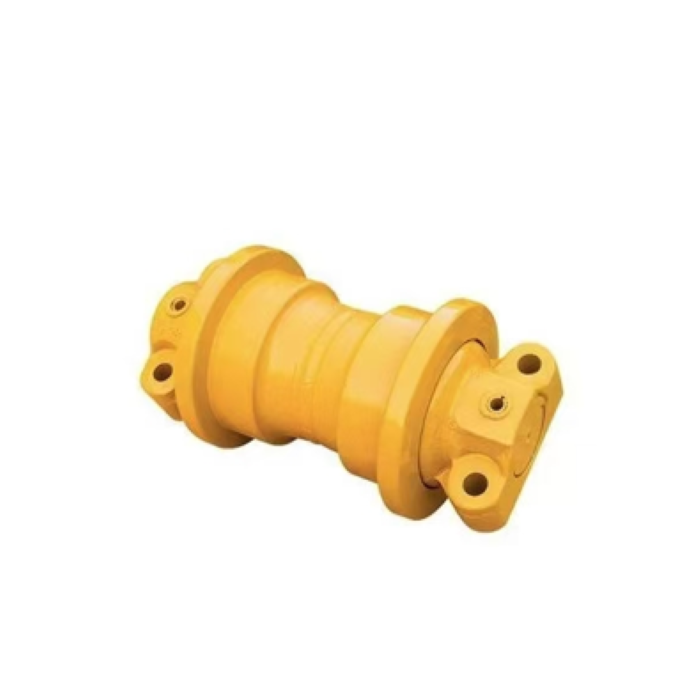
Carrier rollers:
The carrier rollers are located above the X-frame and maintain the linear motion of the track chain. Damage to the carrier rollers can prevent the track chain from maintaining its straightness. The carrier sprocket is lubricated once. If it leaks, it must be replaced. During operation, avoid soaking the carrier sprocket in mud or water for extended periods. Keep the X-frame ramp clean at all times, and avoid excessive accumulation of dirt and debris that could obstruct the carrier sprocket's rotation.
Idler:
The guide wheel is located at the front of the X-frame. It consists of a guide wheel, a tensioning spring, and a hydraulic cylinder installed inside the X-frame. It guides the track correctly, prevents deviation and derailment, and allows for proper track tension adjustment. Keep the guide wheel in the front during operation and travel to prevent wear on the track. The tensioning spring also absorbs impact from the road surface, minimizing wear.
Drive:
The travel drive unit is located at the rear of the X-frame. Because it is directly fixed to the X-frame, it lacks shock absorption. The drive sprocket is fixed to the travel reduction gear. If the drive sprocket is positioned in front of the X-frame, it will not only cause impact and wear on the drive unit and track, but will also adversely affect the X-frame, potentially causing premature cracking. The travel motor guard protects the motor. Mud and debris can enter the internal space, causing wear on the travel motor oil pipes. Moisture in the mud can corrode the oil pipe joints, so the guards should be opened regularly to clean out any debris.
We've also compiled some tips for proper excavator travel operation, hoping you'll operate your equipment correctly and safely.
1. When traveling, keep the working attachment as close to the center of the excavator as possible to maintain stability. Position the final drive at the rear to protect it.
2. Avoid driving over obstacles such as tree stumps and rocks to prevent track twisting. If you must drive over an obstacle, ensure the track is centered over the obstacle.
3. When passing over mounds, always support the chassis with the working attachment to prevent severe shaking or even tipping.
4. Avoid idling the engine for extended periods on steep slopes, as this can cause poor lubrication due to changes in the oil level.
5. Long-distance travel can cause high temperatures inside the track rollers and travel motor assemblies due to the prolonged rotation, resulting in reduced oil viscosity and poor lubrication. Therefore, frequent machine shutdowns should be performed to cool down the machine and prolong the life of the lower machine body.
6. Do not perform excavation operations close to the travel drive. Otherwise, excessive load will cause premature wear or damage to lower components such as the final drive and tracks.
7. When traveling uphill, the drive wheels should be positioned at the rear to improve the grip of the track on the ground.
8. When traveling downhill, the drive wheels should be positioned at the front to keep the upper track taut to prevent the machine body from sliding forward under gravity when stopping, which could cause danger.
9. When traveling on a slope, the working device should be positioned forward for safety. After stopping, gently insert the bucket into the ground and place blocks under the tracks. When turning on a steep slope, slow down and rotate the right track backward when turning left to reduce the risk of turning on a slope.
If you have any additional considerations, you can also contact us. We are very happy to discuss with you and look forward to hearing from you!
